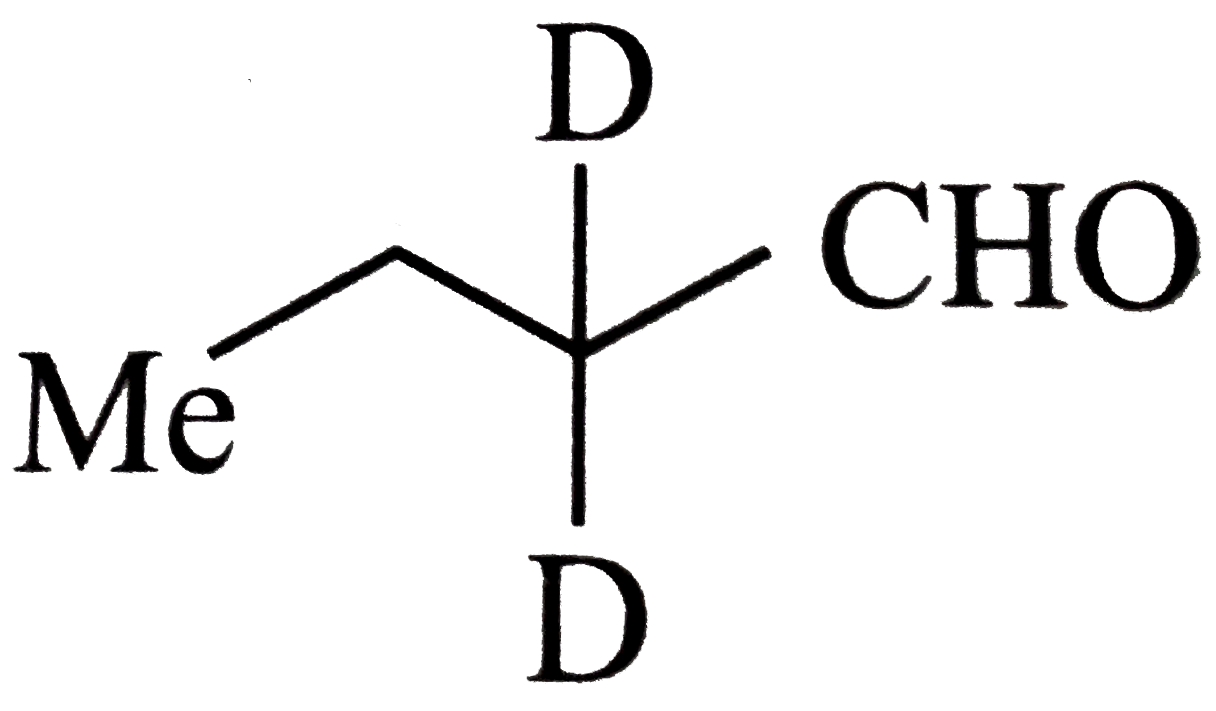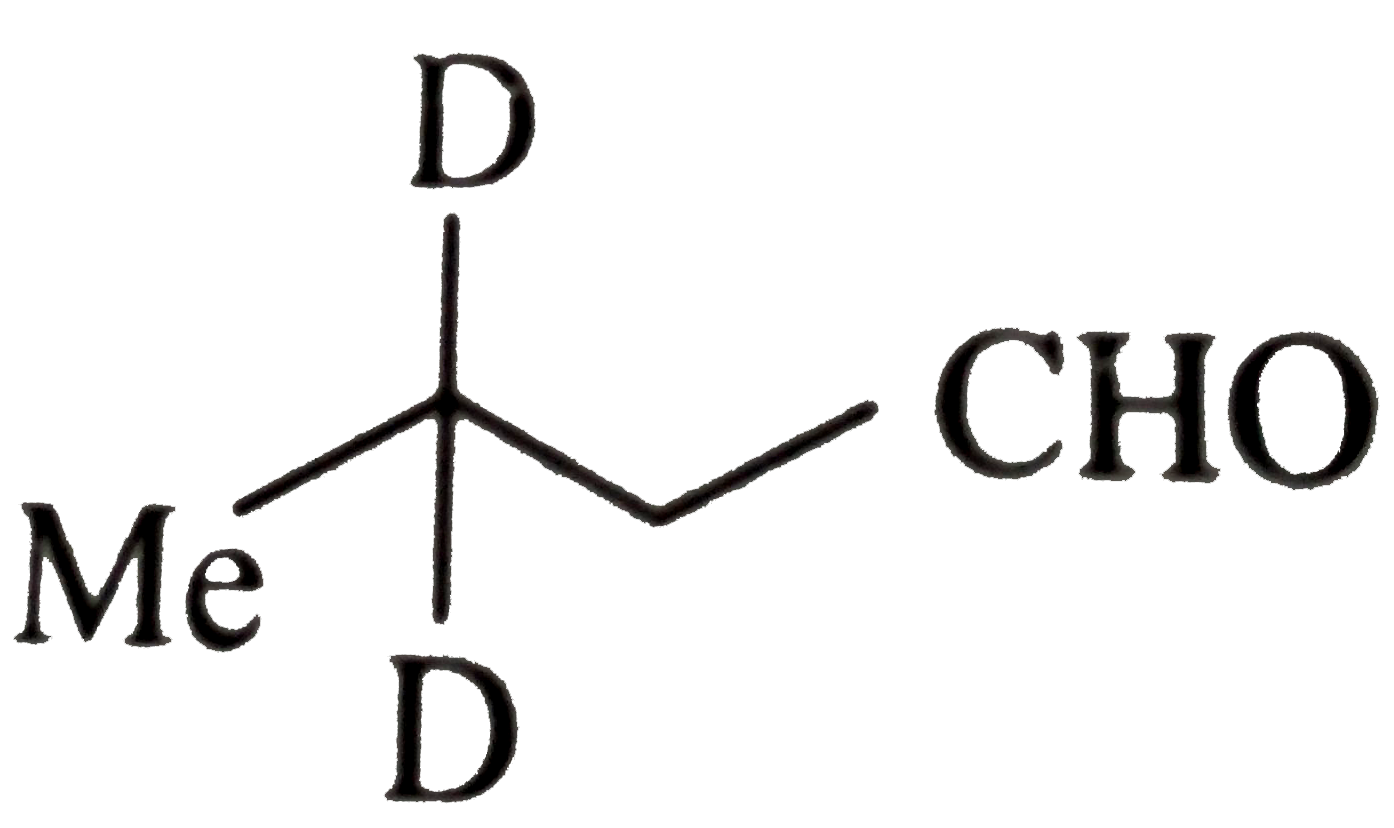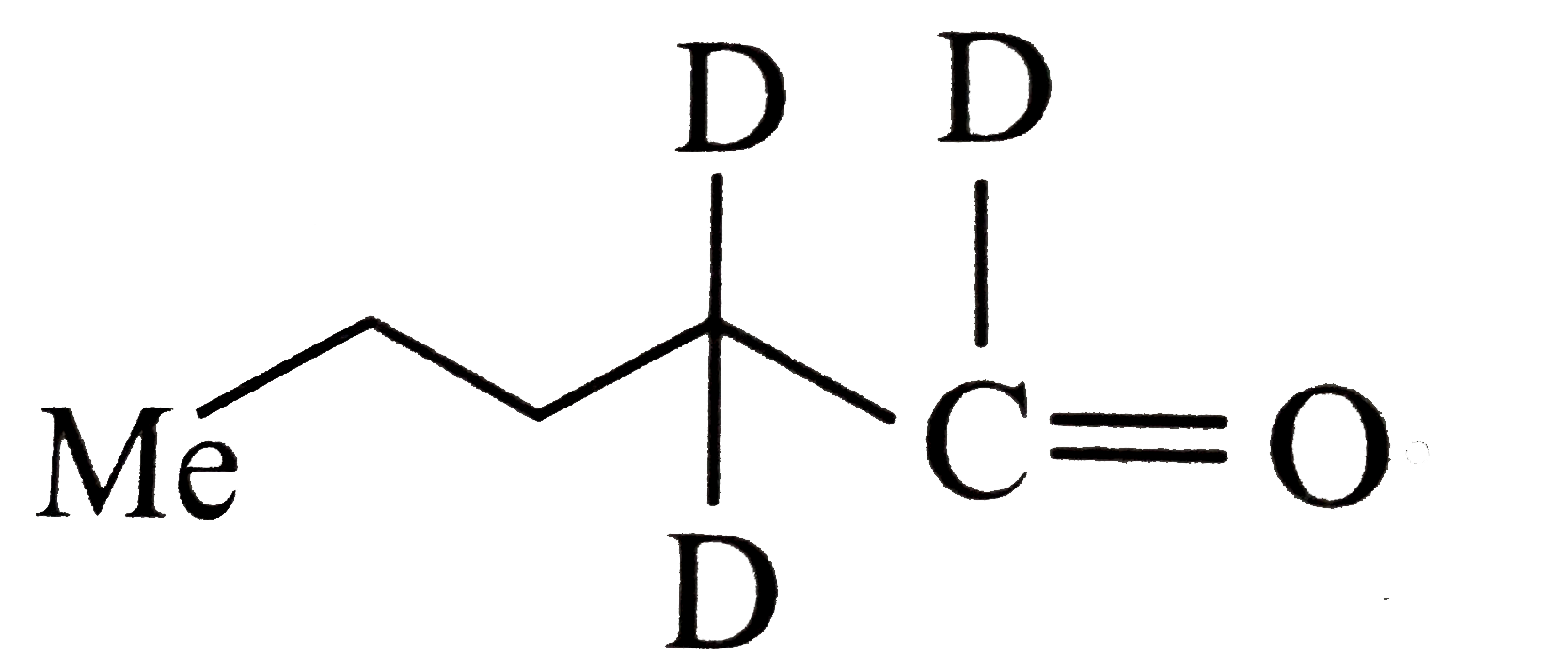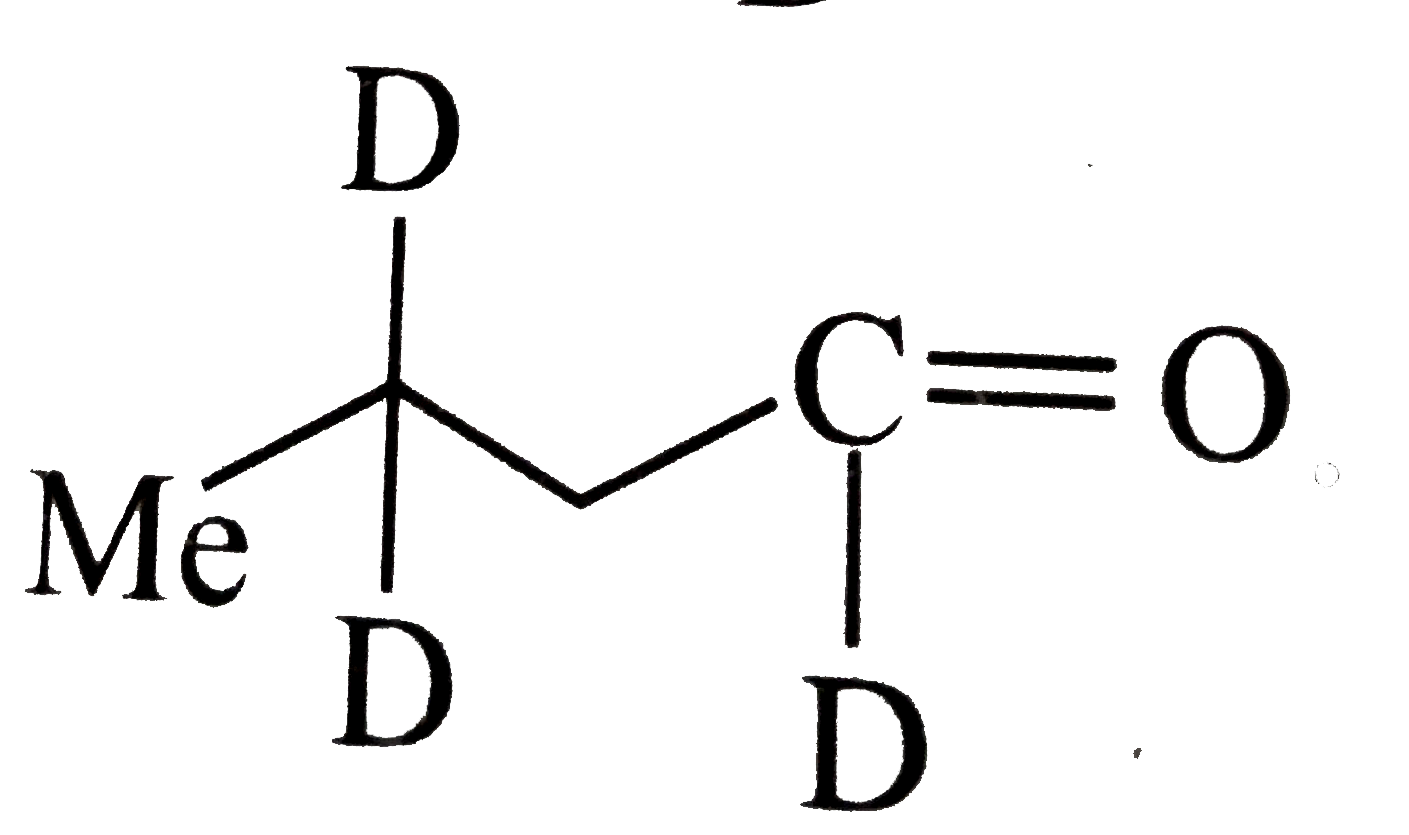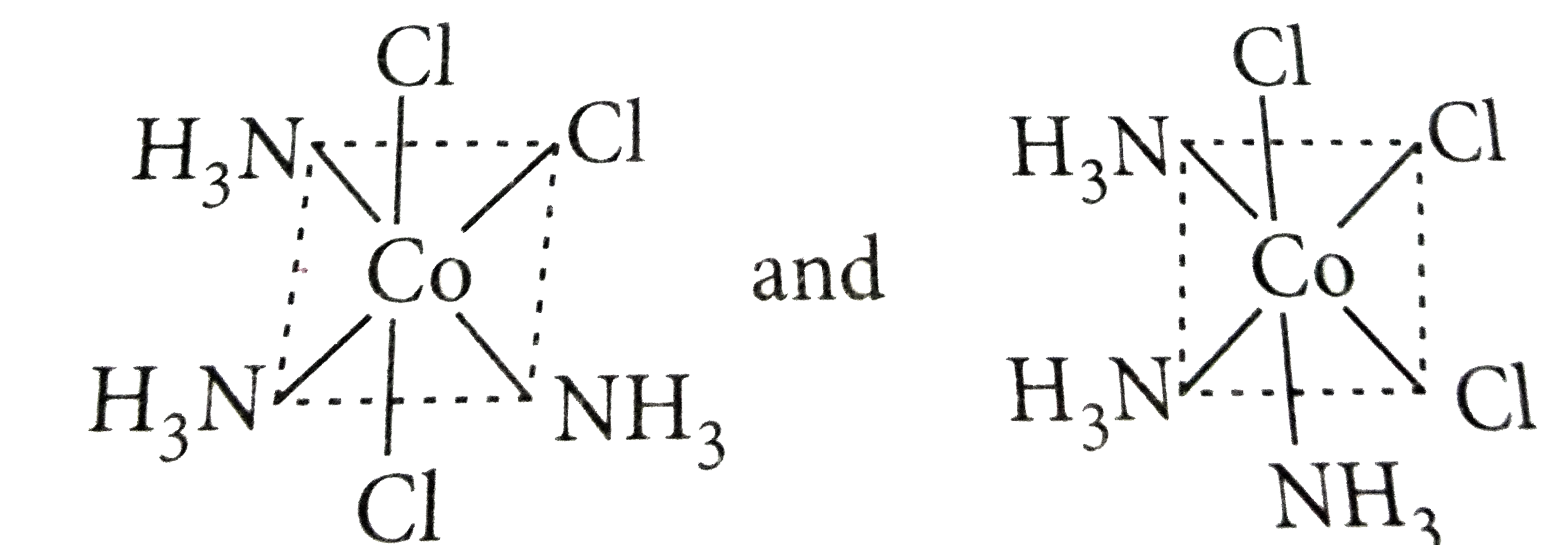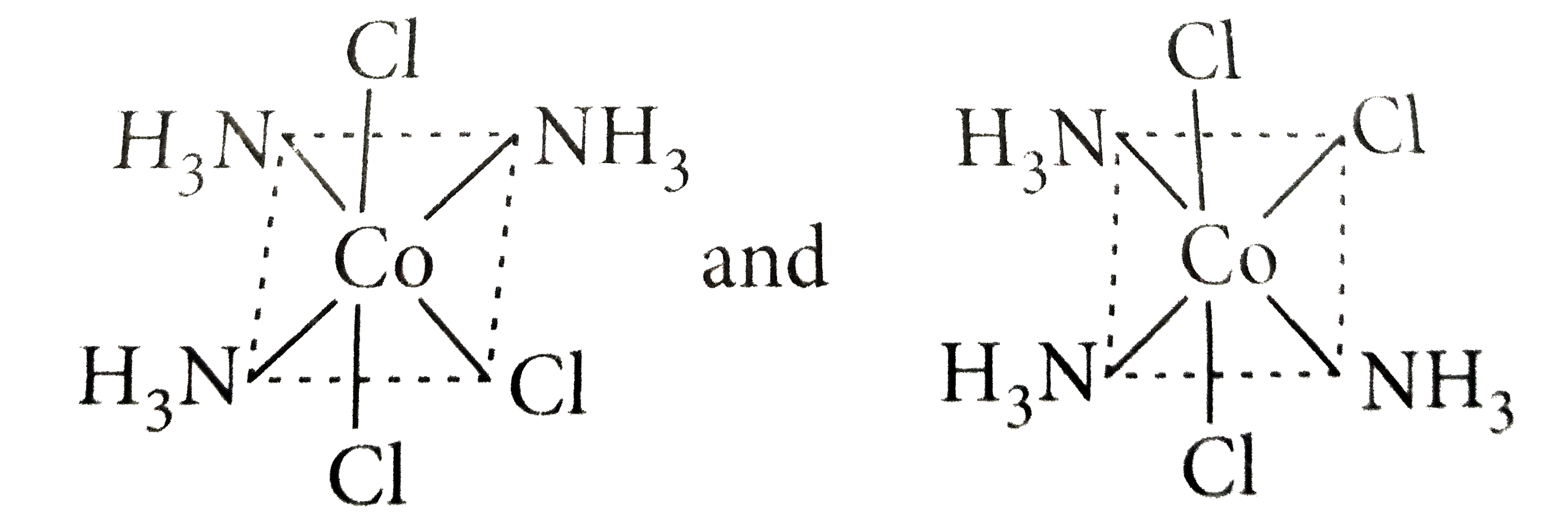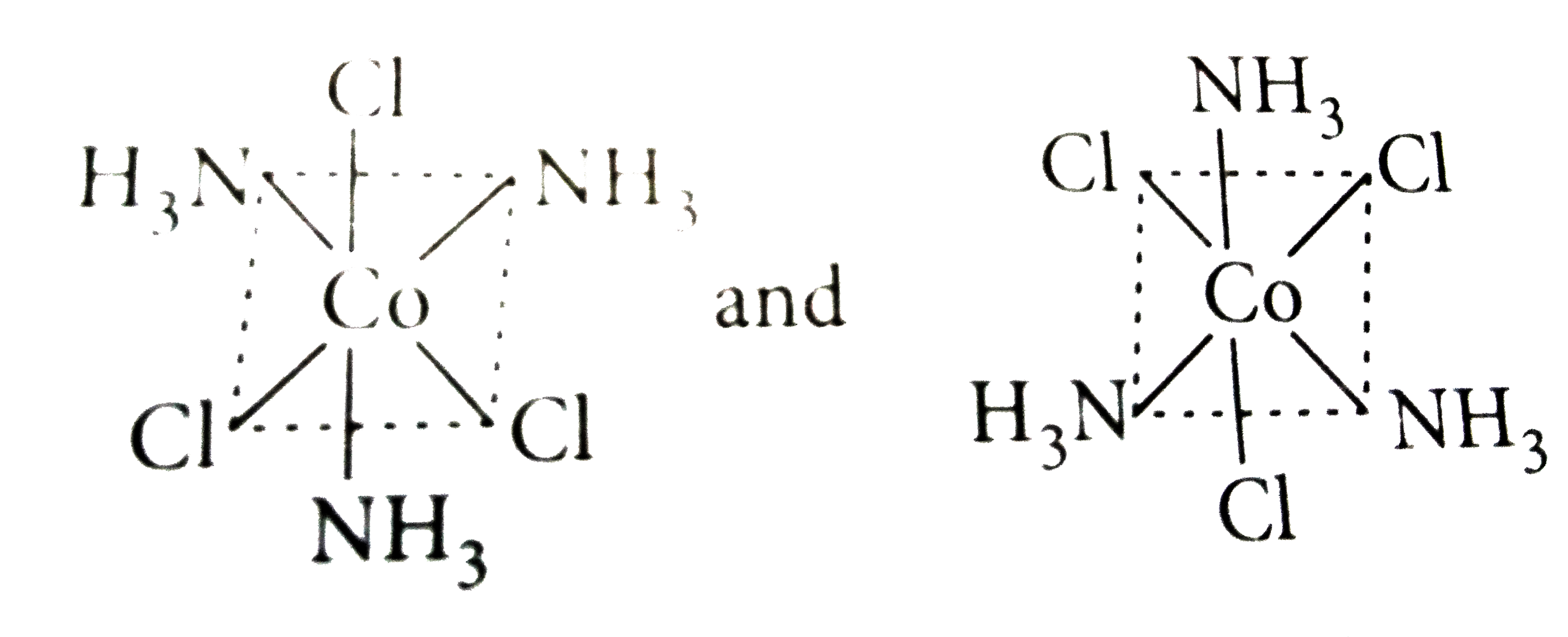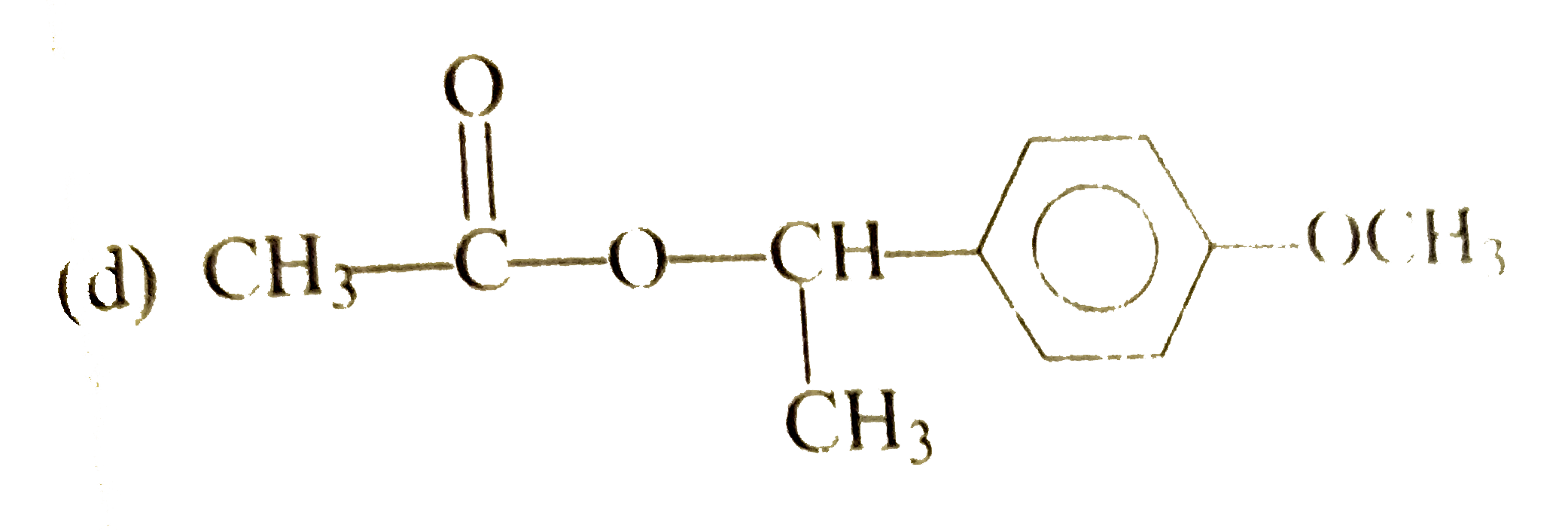Explore topic-wise InterviewSolutions in .
This section includes InterviewSolutions, each offering curated multiple-choice questions to sharpen your knowledge and support exam preparation. Choose a topic below to get started.
| 18851. |
What are emulsions ? Give three uses of emulsions in industry. |
|
Answer» Solution :A colloidal dispersion of one liquid into another liquid is called EMULSION. For example, MILK is an emulsion in which liquid fat is dispersed in water. The important uses of emulsions are : 1. Many pharmaceutical and cosmetic PREPARATIONS avaiable in liquid form such as cod-liver oil, B-comlex etc. are emulsion of water in oil type . these are readily adsorbed in the intestines . 2. The cleasing action of soap is based upon the FORMATION of oil in water type emulsion 3. Milk which is an important constituent of our diet is an emulsion of fat in water . |
|
| 18852. |
What is the relation between the edge lengths 'a', 'b' and 'c' in body - centred orthorhombic crystal? |
| Answer» Solution :For BODY - centred ORTHORHOMBIC CRYSTAL, `a ne B ne c.` | |
| 18853. |
Which of the following obey EAN rule? |
|
Answer» `[CO(NH_(3))_(6)]^(3+)` |
|
| 18854. |
What is molality of pure water? |
|
Answer» 1 |
|
| 18856. |
Write structures of the compound whose IUPAC names are as follows : 2-3 Diethylphenol |
Answer» SOLUTION :
|
|
| 18857. |
Using valence bond approach, explain the shape and magnetic behaviour of [Ni(NII_(3))_(6)]^(2+). |
Answer» Solution :Electronic CONFIGURATION of Ni : `4S^(2) 3d^(8)`. Electronic configuration of Ni2+ : `4s^(0) 3d^(8)`  It has octahedral shape. It is PARAMAGNETIC DUE to the presence of two unpaired ELECTRONS. |
|
| 18858. |
What is the effect of adding catalyst on free energy change (DeltaG) of a reaction ? |
| Answer» SOLUTION :No CHANGE in `DELTA`G. | |
| 18859. |
Which of the following is an isomer of ethanol? |
| Answer» Solution :Dimethyl ether | |
| 18860. |
Which out of the following is the correct composition of Crooke's glass? |
|
Answer» `Na_(2)CO_(3).CaCO_(3).SiO_(2)` |
|
| 18861. |
Thyroglobin is an example of |
|
Answer» scleroproteins |
|
| 18862. |
The silicate anion in the mineral kinoite is a chain of three SiO_(4) tetrahedra, that share corners with adjacent tetrahedra. The charge pof silicate anion is |
| Answer» Answer :C | |
| 18863. |
What are the various methods by which carbon-di-oxide is prepared? |
|
Answer» Solution :(i) Carbon monoxide can be prepared by the reaction of carbon with limited amount of oxygen. `2C+O_(2) to 2CO` (ii) (a) On industrial scale carbon monoxide is produced by the reaction of carbon with AIR. (b) The carbon monoxide formed will contain nitrogen gas also and the mixture of mitrogen and carbon monoxide is called producer gas. (c) `2C+O_(2)//N_(2)("air")to underset("Producers Gas")(2CO+N_(2))` (d) The producer gas is then passed through a solution of COPPER (I) chloride under pressure which results in the formation of `CuCl(CO).2H_(2)O`. (e) At reduced pressures this solution RELEASES the pure carbon monoxide. (iii) Pure carbon monoxide is prepared by warming methanoic ACID with concentrated sulphuric acid which acts as a dehydrating AGENT. `HCOOH+H_(2)SO_(4) to CO+H_(2)O+H_(2)SO_(4)` |
|
| 18864. |
Which one of following does not decolounse an acidified KMnO_4solution ? |
|
Answer» `SO_(2)` |
|
| 18865. |
Which one of the following gases is liberated when ethyl alcohol is heated with methyl magnesium iodide? |
|
Answer» Methane |
|
| 18866. |
Which one of the following ionic species will impart colour to an aqueous solution ? |
|
Answer» `TE^(4+)` |
|
| 18867. |
Transition elements exhibit higher enthalpiese of atomization because |
|
Answer» of LARGE number of unpaired electrons |
|
| 18868. |
There are 14 elements in actinoid series. Which of the following elements does not belong to this series? |
|
Answer» U |
|
| 18869. |
Which of the following options does not represent ground state electronic configuration of an atom? |
|
Answer» `1s^(2)2s^(2)2p^(6)3s^(2)3P^(6)3d^(8)4S^(2)` |
|
| 18870. |
When vapours of acetic acid are passed over …….at 300^@C we get acetone : |
|
Answer» MnO |
|
| 18871. |
Write the expression for the solubility produce of Hg_2Cl_2. |
|
Answer» SOLUTION :`Hg_2Cl_2 leftrightarrowHg_2^(2+)+2CL^-` `K_(sp)=[Hg_2^(2+)][CL^-]^2` `=(s)(2s)^2` `K_(sp)=4s^3` |
|
| 18872. |
Which of the following statements are correct about the above reaction ? |
|
Answer» PRODUCT (B) is |
|
| 18873. |
When a colourless gas is passed through bromine water, decolourization takes place. The gas is: |
| Answer» ANSWER :D | |
| 18874. |
Which of the following pairs of structures represents facial and meridional isomers resectively ? |
|
Answer»
|
|
| 18876. |
Which of the following is not a Bronsted acid |
|
Answer» `CH_(3)NH_(4)^(+)` |
|
| 18877. |
Which of the following is protein hormones |
|
Answer» insulin |
|
| 18878. |
Write the formulas for the following coordination compounds : Amminebromidochloridonitrito-N-platinate(II) |
| Answer» SOLUTION :`[Pt(NH_(3))BRCL(NO_(2))]^(-)` | |
| 18879. |
When wine is put in air it becomes sour due to : |
|
Answer» OXIDATION of `C_2H_5OH` into `CH_3COOH` |
|
| 18880. |
The solubility of gas in liquid increases with |
|
Answer» INCREASE in temperature |
|
| 18881. |
Which of the following issuitable alternative for density of the solution , when molarity ( M) and molality ( m ) of an aqueous solution of urea is same at fixed temperature ? ( Molecular wt. of urea= 60 ) |
|
Answer» `1- ( 3M)/( 5)` `:.("Molarity")/("Molarity")= ( W_(0))/(V) gm//ml` Now molarity=molality `:. ( W_(0))/(V) = 1 gm //ml` `:. Dm //ml =1 gm//ml + ( "molarity" xx M)/(1000)` For urea molecular mass ( M=`60 gm //ml` `:.d= 1+ ( "molarity"xx 60)/( 1000) :. d =(50 + 3M)/(50)` |
|
| 18882. |
Which of the following will give the racemised product on hydrolysis in pressure of H_(2)SO_(4) ? |
|
Answer» `Ph-underset(CH_(3))underset(|)CH-OVERSET(O)overset("||")C-O-CH_(2)CH_(3)` |
|
| 18883. |
Which of the following is detected in body tissues |
|
Answer» testosterone |
|
| 18884. |
Which of the following statement(s) is/are false : |
|
Answer» `Delta_(r)S" for "1/2N_(2)(G)toN(g)` is positive |
|
| 18885. |
Two flask X and Y have volume 1 L and 2 L respectively and each of them contain 1mole of same ideal gas. The temperature of the flask are so adjusted that average speed of molecules in X is twice as those in Y. The pressure in flask X would be: |
|
Answer» <P>same as that in Y SINCE `(U_(avg))_(x)=2(U_(avg))_(y)` `P_(x)(I)=4xxP_(y)xx2` `P_(x)=8P_(y)` |
|
| 18886. |
Which of the following reacts with NaNO_(2)+HCl to give phenol |
|
Answer» `C_(6)H_(5)CH_(2)NHCH_(3)` |
|
| 18887. |
Which of the following substance may be used as antiseptic as well as disinfectant |
|
Answer» Formaldehyde |
|
| 18888. |
The transformation: can be best carried out by |
|
Answer» Wolff-Kishner REDUCTION |
|
| 18889. |
What is meant by 'disproportionation'? Give one exmpale of disproportionation reaction in aqueous solution. |
| Answer» | |
| 18890. |
Three separate samples of a solution of a single salt gave these results. One formed a white precipitate with excess of ammonia solution, one formed a white precipitate with dil NaCl solution and one formed a black precipitate with H_(2)S. The salt could be : |
|
Answer» `AgNO_(3)` |
|
| 18891. |
Which of the following pairs does not represent a pair of isomers? |
|
Answer» `CH_(3)CH_(2)OCH_(2)CH_(2)CH_(3)` |
|
| 18892. |
Which of the following is strongest base? |
|
Answer» `La(OH)_(3)` |
|
| 18893. |
Which metals are present in german silver ? |
| Answer» SOLUTION :Germansilver has a composition of `Cu 56%, Zn24% and Ni 20%`. | |
| 18895. |
What are the different oxidation states exhibited by the lanthanoids ? |
| Answer» Solution :The most common OXIDATION state of lanthanoids is +3. HOWEVER, some lanthanoids also show an oxidation state of +2 and +4. For EXAMPLE, Eu shows an oxidation state of +2 and Ce shows an oxidation state of +4. | |
| 18896. |
Which elements is named after the name of a planet is |
|
Answer» Hg |
|
| 18897. |
Which of the following relation is correct for a first order reaction? (k=rate constant, r=rate of reaction , c=conc. Of reactat |
|
Answer» `K=rxxc^(2)` |
|
| 18898. |
Which of the following aldehyde contains alpha-C atom but does not have any alpha-H atom ? |
|
Answer» Propionaldehyde |
|
| 18899. |
The treatment of alkyl chlorides with aqueous KOH leads to the formation of alcohols but in presence of alcoholic KOH, alkenes are the major products. Explain why? |
|
Answer» Solution :In aqueous solution, KOH is ALMOST completely ionized to give `OH^-` ions which being a strong nucleophile brings about a substitution reaction on alkyl halides to form alcohols. Further in the aqueous solution, `OH^(-)` ions are highly solvated (hydrated). this solvation REDUCES the basic character of `OH^(-)` ions which, therefore, fail to abstract a hydrogen from the `beta`-CARBON of the alkyl chloride to form an alkene. In contrast, an alcoholic solution of KOH contains alkoxiide `(RO^(-))` ions which being a much stronger base than `OH^(-)` ions PREFERENTIALLY eliminates a molecule of HCL from an alkyl chloride to form alkenes. |
|
| 18900. |
The standard oxidation potentials of the electrodes Ag//Ag^(+), Sn//Sn^(2+), Ca//Ca^(2+), Pb//Pb^(2+) are -0.8, -1.36, 2.86 and 10.12 V respectively. The most powerful oxidizing agent amont these metals ios |
|
Answer» Pb |
|
